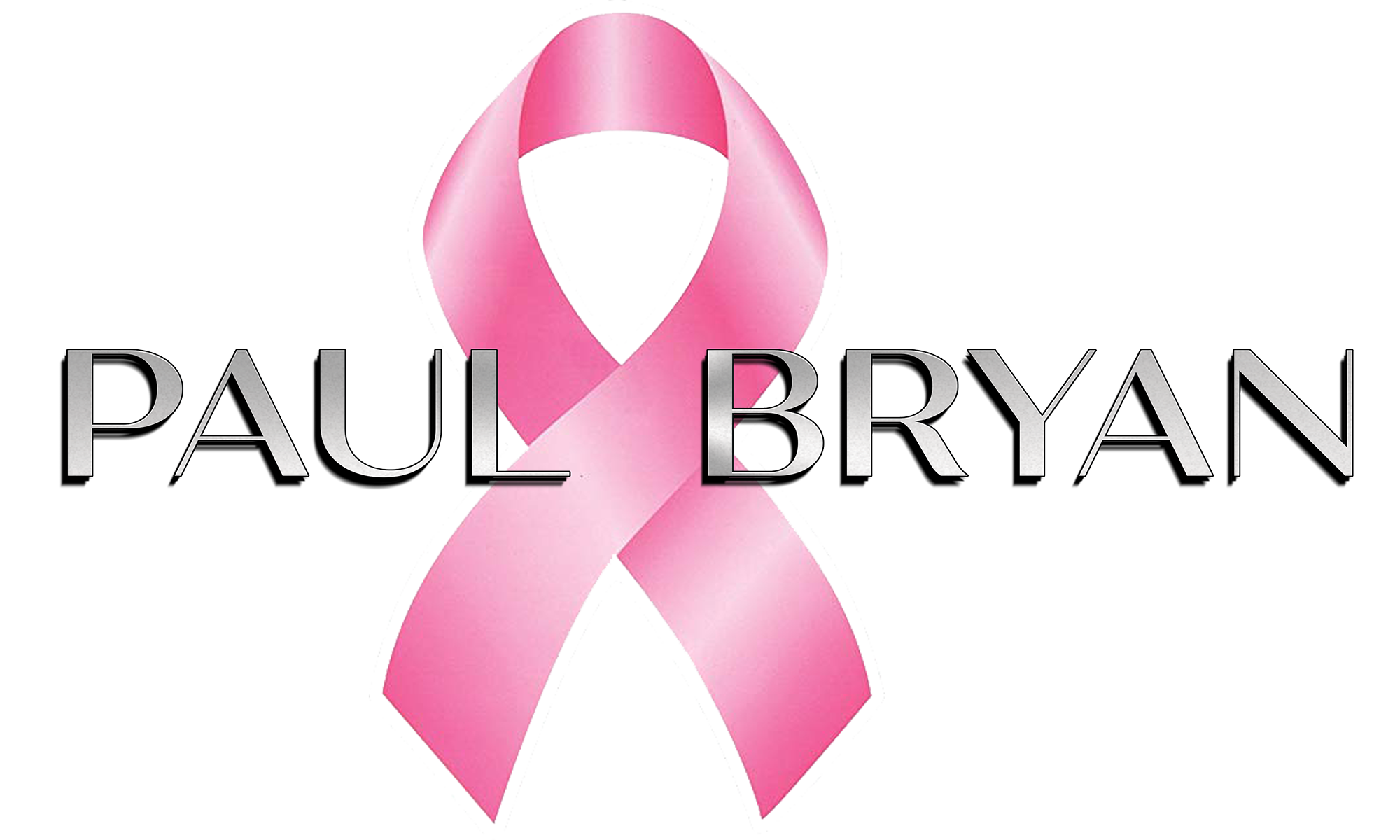When we started Paul Bryan we really wanted to have a company that gives back. Not just to give ourselves a pat on the back, but to try and make a real difference. So, we began donating $1 from every pair of our Breast Cancer Awareness Pink Ribbon socks sold. That money goes directly to breast cancer research. Knowledge is power, so we thought we’d put together some general facts about this terrible disease. This way you might be reminded what we’re up against, but to also to highlight some great strides in beating it as well.
- 1 in 8 women in the U.S. will be diagnosed with breast cancer in her lifetime.
- Breast cancer is the most common cancer among women in the U.S., accounting for 30% of newly diagnosed cancers.
- Every two minutes a new case of breast cancer is diagnosed in the U.S.
- Improvements in early detection and continued research have led to a 40% decline in breast cancer deaths in the U.S. between 1989-2017.
- There are more than 3.8 million breast cancer survivors in the U.S.
The American Cancer Society has put together a “Cancer Facts and Figures 2020”. Here are some highlights:
Breast cancer is the second most common cancer among women in the United States. (some kinds of skin cancer are the most common). Black women and white women get breast cancer at about the same rate, but black women die from breast cancer at a higher rate than white women according to the CDC.
New cases and deaths: In the US in 2020, there will be an estimated 276,480 new cases of invasive breast cancer diagnosed in women (Figure 3); 2,620 cases diagnosed in men; and an additional 48,530 cases of ductal carcinoma in situ (DCIS) diagnosed in women (Table 1). An estimated 42,690 breast cancer deaths (42,170 women, 520 men) will occur in 2020.
Incidence trends: From 2007 to 2016, invasive female breast cancer incidence rates increased slightly, by 0.3% per year.
Mortality trends: The female breast cancer death rate peaked at 33.2 (per 100,000) in 1989, then declined by 40% to 19.8 in 2017. This progress reflects earlier detection (through screening, as well as increased awareness of symptoms) and improved treatment, and translates to an estimated 375,900 fewer breast cancer deaths than would have been expected if the death rate had remained at its peak. During 2013 to 2017, the death rate decreased by 1.3% per year.
Early detection: Mammography is a low-dose x-ray procedure used to detect breast cancer at an early stage. Early diagnosis reduces the risk of dying from breast cancer and increases treatment options. However, like any screening tool, mammography is not perfect. It can miss cancer (false negative) or appear abnormal in the absence of cancer (false positive); about 12% of women who are screened have an abnormal mammogram, but only 5% of women with an abnormal mammogram have cancer. False positives are most likely during a woman’s first mammogram. Other potential harms include detection of cancers and in situ lesions (e.g., DCIS) that would never have progressed or caused harm (i.e., overdiagnoses), and cumulative radiation exposure, which increases breast cancer risk. For women at average risk of breast cancer, the American Cancer Society surgery. Depending on cancer stage, subtype, and sometimes other test results (e.g., Oncotype DX), treatment may also involve chemotherapy (before or after surgery), hormone (anti-estrogen) therapy, targeted therapy, and/or more recently, immunotherapy (e.g. checkpoint inhibitors).
Survival: The 5-and 10-year relative survival rates for women with invasive breast cancer are 91% and 84%, respectively. Sixty-two percent of cases are diagnosed at a localized stage (confined to the breast, no spread to lymph nodes), for which the 5-year survival is 99%. Survival rates are about 9% lower (in absolute terms) for black women than for white women. Reducing disparities in outcomes for black women is a focus of the American Cancer Society and many other national cancer organizations
If you ordered a pair of our Paul Bryan Breast Cancer Awareness Pink Ribbon socks, thank you. We not only hope you enjoy them but will keep checking back as we will always be adding new styles. It’s a win win! You get a great pair of socks and help a great cause at the same time. Kick back and Give back! It’s that simple!
For information concerning the transparency of our donations, please see our “Learn” page at www.paulbryanusa.com


Share:
Jocks to Socks
Wait!? You Made Socks with Real Siver?